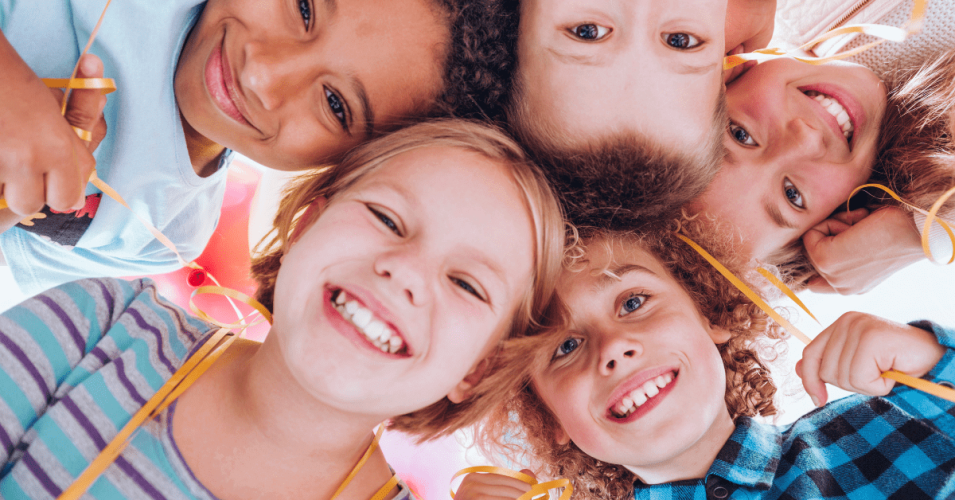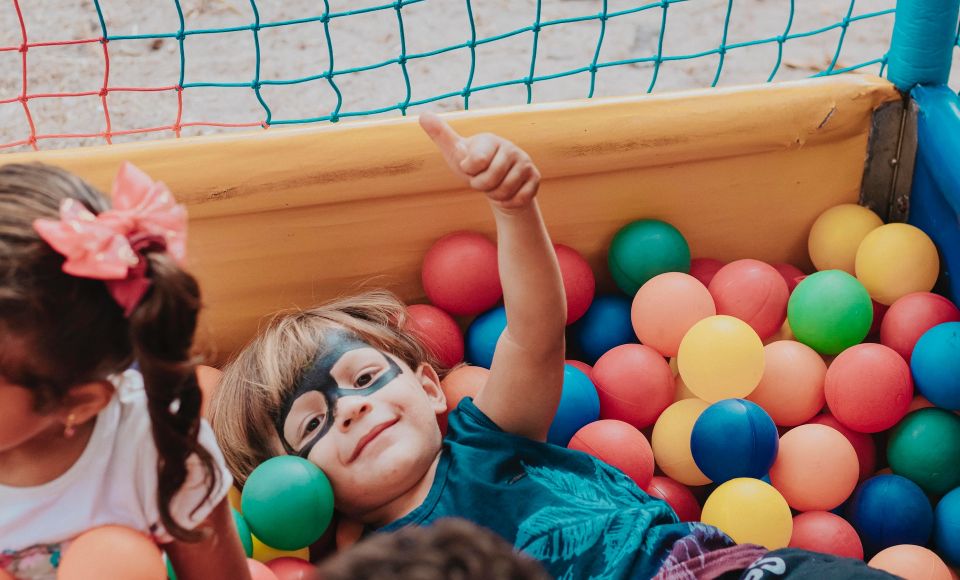
Emotional Literacy in Early Years
As Early Years Practitioners, a priority for us when caring for children is to ensure that they lead healthy, happy lives. However, like everyone, children experience emotional ups and downs dependent upon stressors in their daily lives, including transitions (such as starting a new nursery, changes in the home environment), a new daily routine, frustration learning a new skill such as sharing, reading, drawing, verbal communication, learning language, jumping, running or riding a bike.
From birth, children start to develop the full range of basic human emotions, identified in the 1970s by psychologist Paul Eckman, as happiness, sadness, fear, surprise anger, excitement, embarrassment, shame and disgust.
These emotions have an influence on how children live and interact with others. Inability to manage emotions can lead to poor relationships later in life, or even violent, abusive or aggressive behaviour.

The Early Years Foundation Stage (EYFS) recognises that a cornerstone of effective learning and development is a child’s ability to socialise and express their feelings and emotions. Personal, Social and Emotional Development (PSED) has been identified as one of three prime areas of learning within the curriculum. However, what does this mean for early years settings and what steps can practitioners take to help nurture a child’s emotional development?
Babies and children are influenced by the people they are with. As Early Years Practitioners we need to help provide children with the skills and confidence to manage their emotions both within the setting and at home. Children and families are faced with many challenges nowadays: fast-paced lifestyles, both parents working or one parent raising the family, healthy eating, poverty, bullying, high crime, and much, much more.
Upon reflection does the learning environment, interactions with adults and learning opportunities within your setting support the emotional literacy skills of babies and children?
WHAT IS EMOTIONAL LITERACY?
- Theories of emotional and social intelligence have been around since the 1920s. In the 1970s, American developmental psychologist Howard Gardner’s multiple intelligence theory transformed thinking about the relationship between emotions and learning. In the mid-1990s, psychologist Daniel Goleman coined the phrase ‘emotional intelligence’, based on the work of influential researchers Peter Salovey and John D Mayer.
Daniel Goleman has suggested that there are five components critical to emotional intelligence. His book Working with Emotional Intelligence by Daniel Goleman (Bloomsbury) outlines these five domains of emotional intelligence as:

While the term emotional literacy is still relatively new, the importance of helping children to recognise, understand and express their emotions continues to gain traction. Experts believe that emotionally literate children are more able to:
- empathise with others
- build quality relationships
- develop independence and self-confidence and,
- attain more academically
Parents and Early Years Practitioners can help by modelling emotionally literate behaviours so that children can learn how to express their emotions in a healthy way.
STRATEGIES FOR CREATING AN EMOTIONALLY LITERATE ENVIRONMENT
Children experience a lot of emotional ups and downs, just like adults. Developing their emotional literacy is a key skill to enable them to feel confident when expressing their feelings. As practitioners, taking time to establish a sense of belonging for each child helps to create an inclusive and caring environment. The Early Years Foundation Stage states that both babies and children experience emotional well-being when their needs are met and their feelings are accepted.
5 strategies for an emotionally literate environment
- Scaffold learning: It is important to make each child feel valued. Be an active listener and follow children’s conversation without interrupting. Give them time to think and formulate their thoughts, questions or ideas, and involve them in decisions about what to choose to do, developing their interests and recognising their achievements. Developing emotional literacy is essential to children’s learning and development, supporting them to identify and communicate their feelings by expressing your feelings to help children identify and understand theirs. Make a point of talking out loud about your feelings. For example, say, ‘Oh dear, I have lost my keys, that is really frustrating.’
- Provide a nurturing environment: Smile, welcome and greet children to ensure a smooth transition to the day. Work within the principles of the EYFS to plan experiences that are age and stage appropriate for the children so that they gain confidence and independence at mealtimes, getting dressed or trying new activities. When children feel emotionally safe and secure, they are happier an more comfortable expressing their emotions.
- Involve parents and carers: Encourage adults to support children to develop vocabulary to describe their own emotions and to share their experiences with children. Modelling in positive ways how to manage their own emotions. For example, using ‘feeling’ words to acknowledge and label emotions such as, ‘I am feeling very tired today.’ Then model strategies such as sitting quietly, taking a deep breath or going for a walk to manage the stress.
- Develop children’s interests: Involve children in choosing what they would like to do so that they gain independence in making choices. Be patient as they talk to you so that they feel confident taking risks and sharing their feelings and frustrations. Offer experiental play opportunities such as junk modelling, painting, songs, rhymes, building and role play scenarios as wells as circle time to enable children to express their feelings.
- Opportunities to express emotional language: Show children pictures of ‘feeling faces’ that they can imitate or talk about. Older children might describe a time when they experienced those feelings. A fun extended activity is to give children handheld mirrors so that they can look at their own faces and create a range of expressions of emotion.
FURTHER READING
- Emotional Intelligence: Why it Can Matter More Than IQ by Daniel Goleman (Bloomsbury)
- Emotional Literacy in the Early Years by Christine Bruce (Sage)
- How To Talk So Kids Will Listen & Listen So Kids Will Talk by Adele Faber and Elaine Mazlish
- Working with Emotional Intelligence by Daniel Goleman (Bloomsbury)
Written by Yasmin Mukadam
Did you enjoy reading this blog? If you want to learn more about neuroscience, focusing on the early years from birth to 7 years old, then take a look at our NCFE Cache Level 2 award – Introduction to Neuroscience in Early Years.
